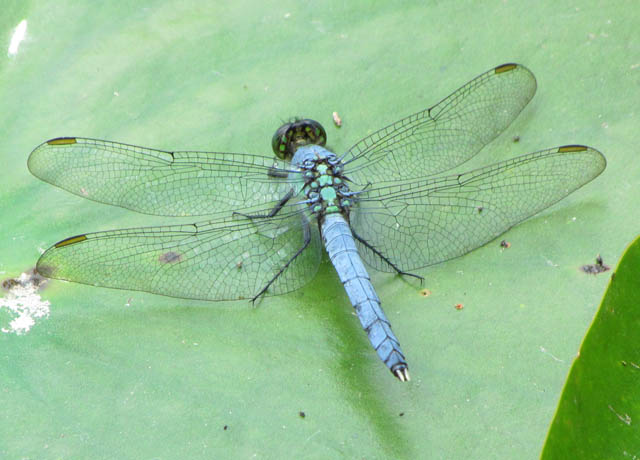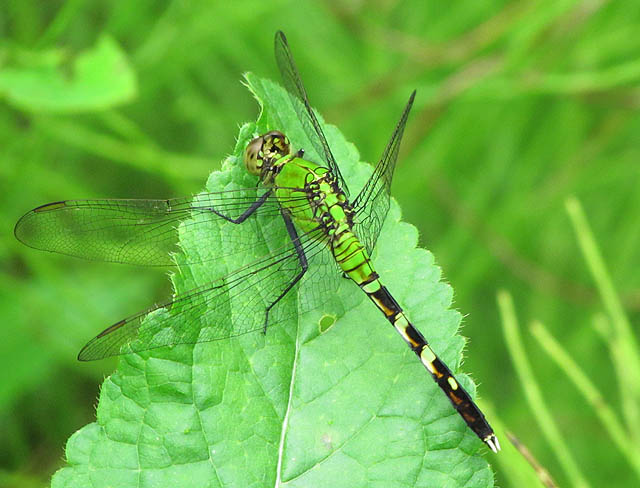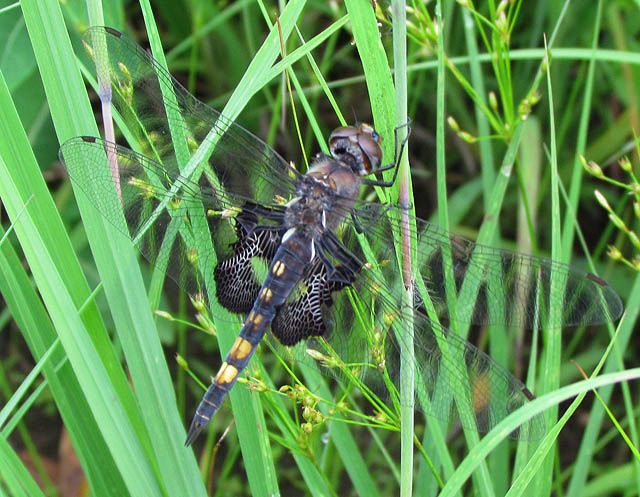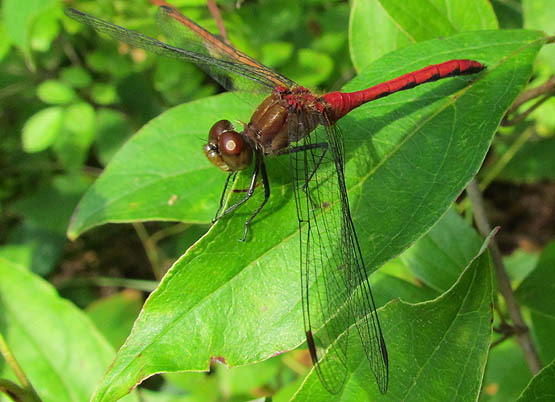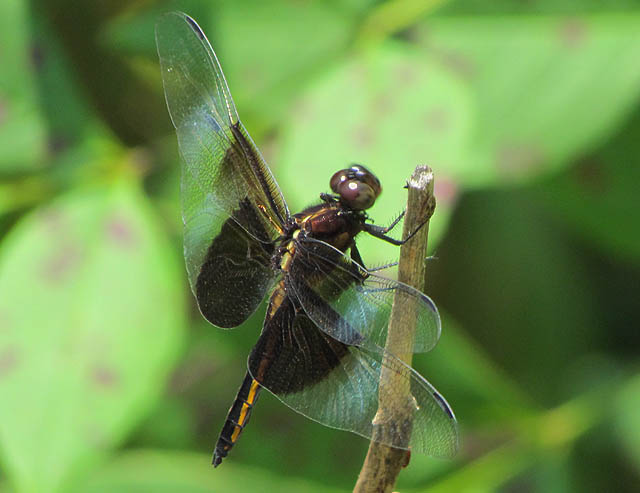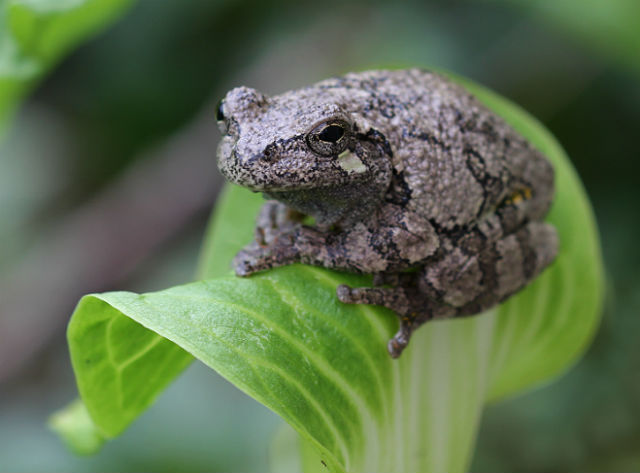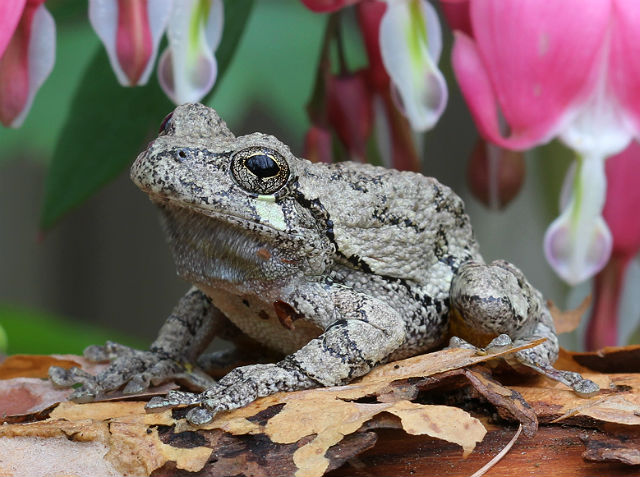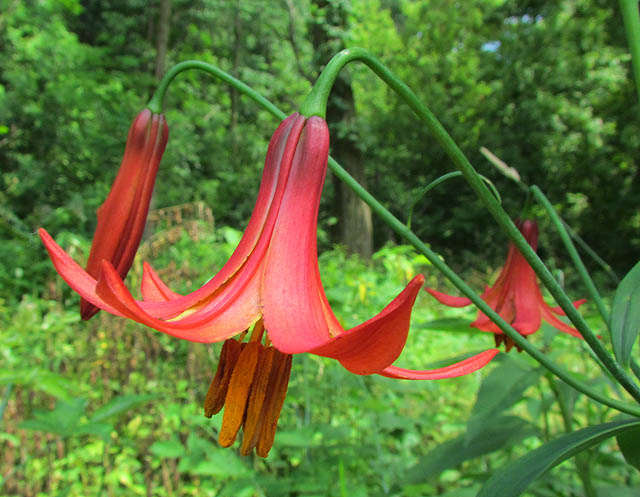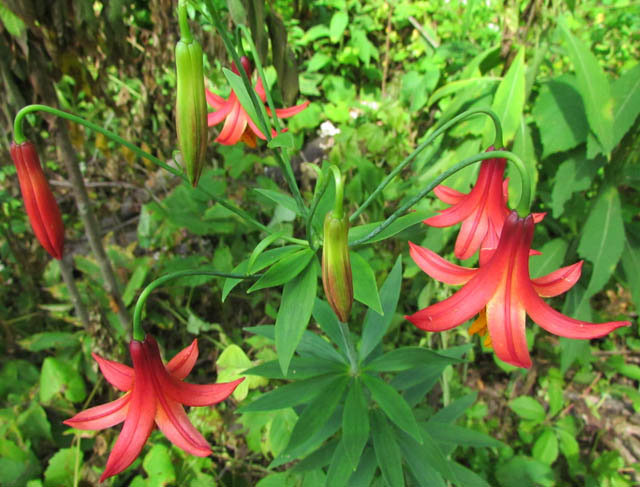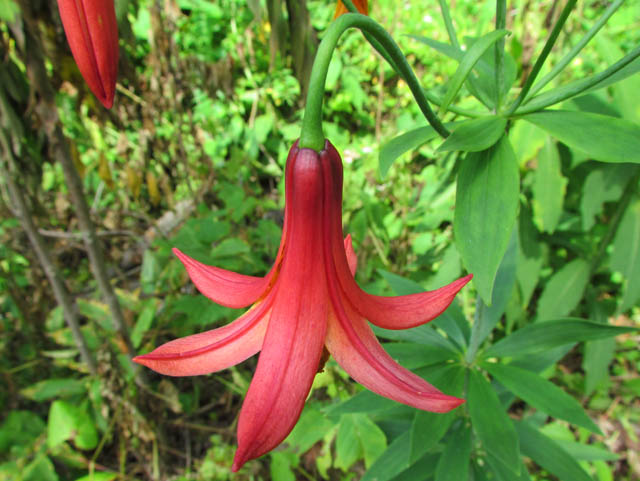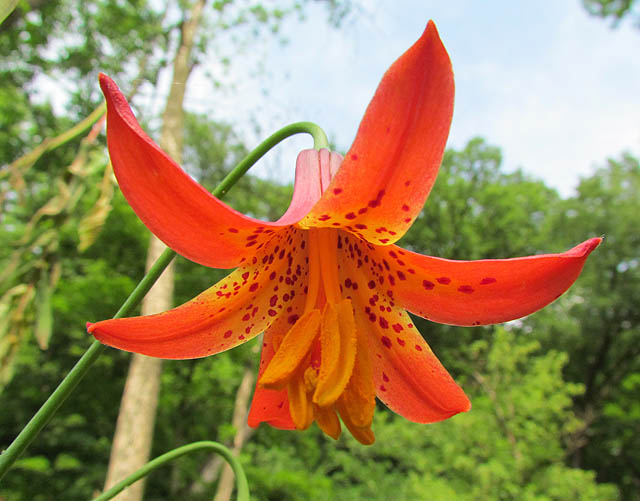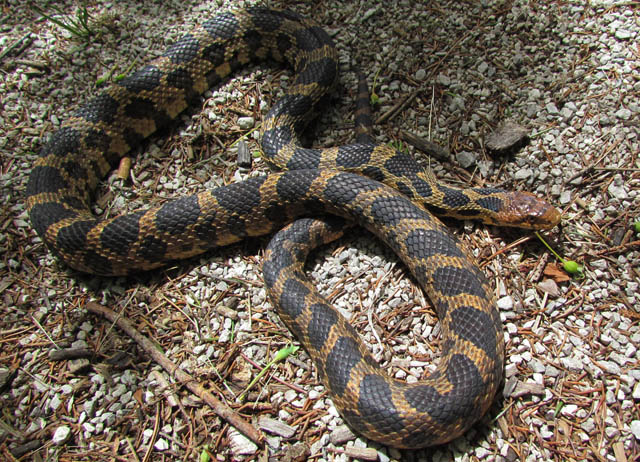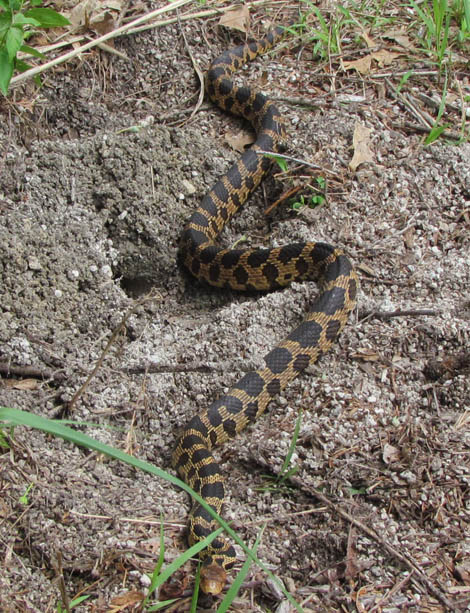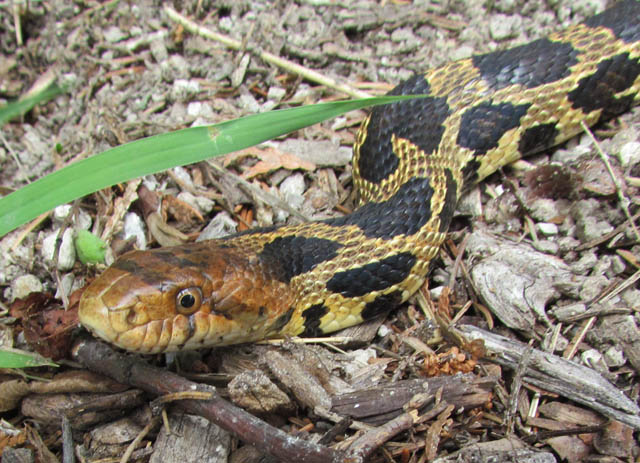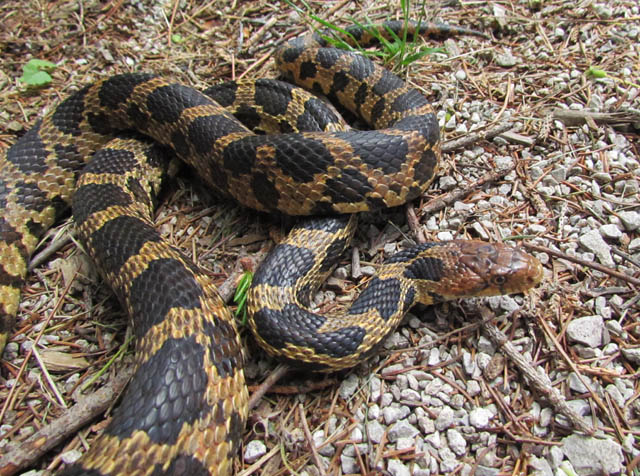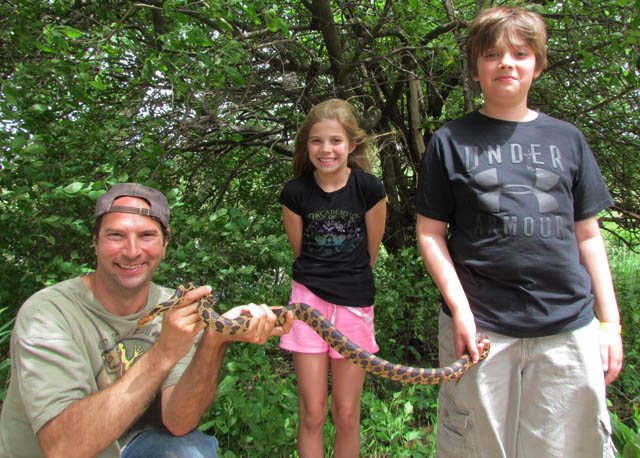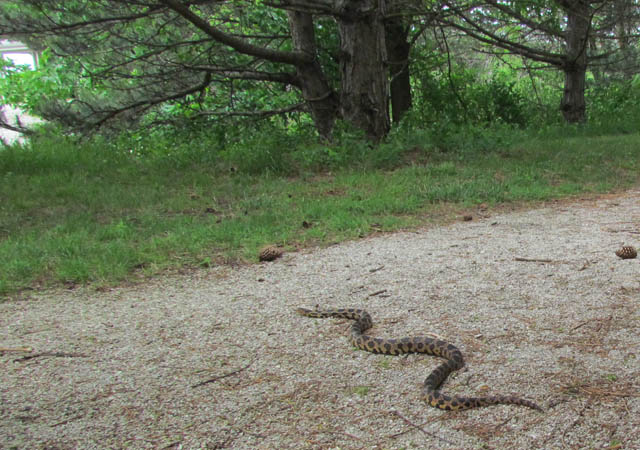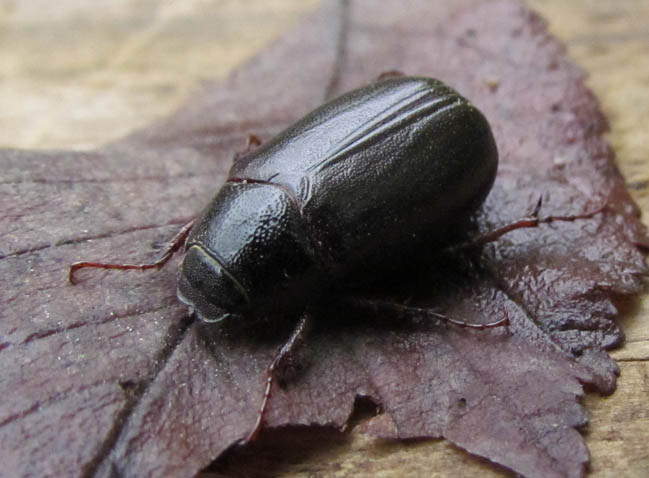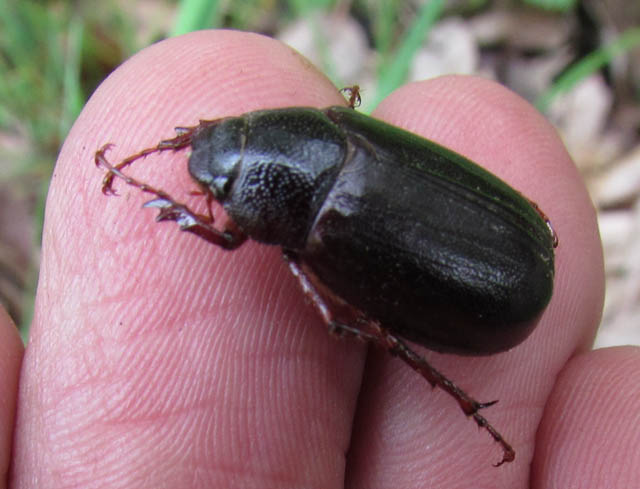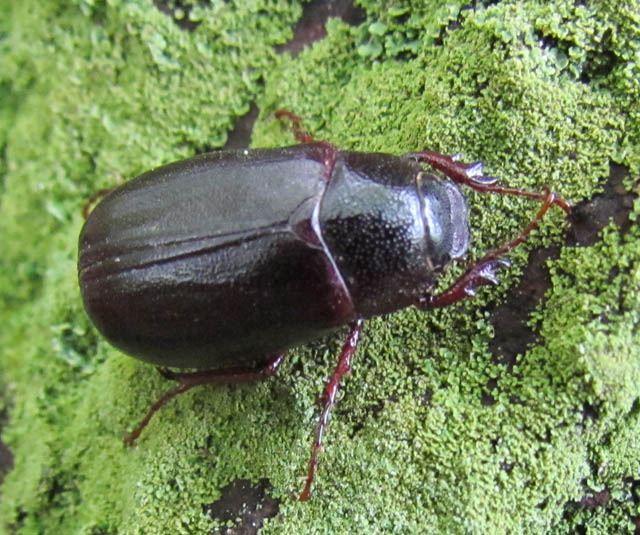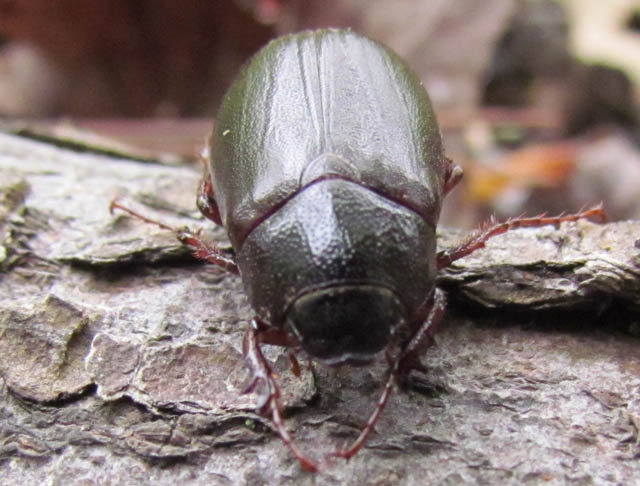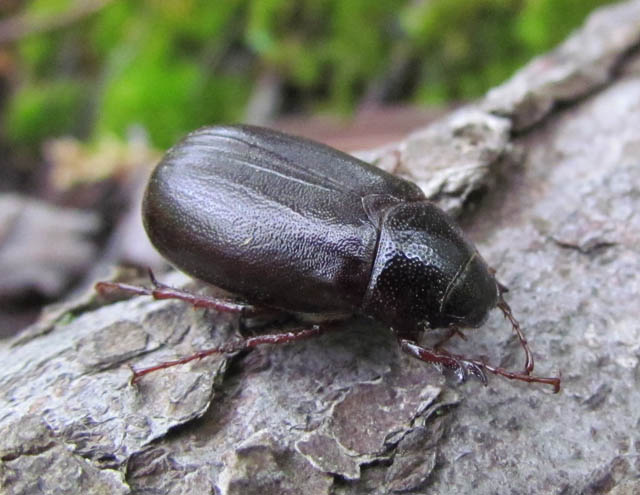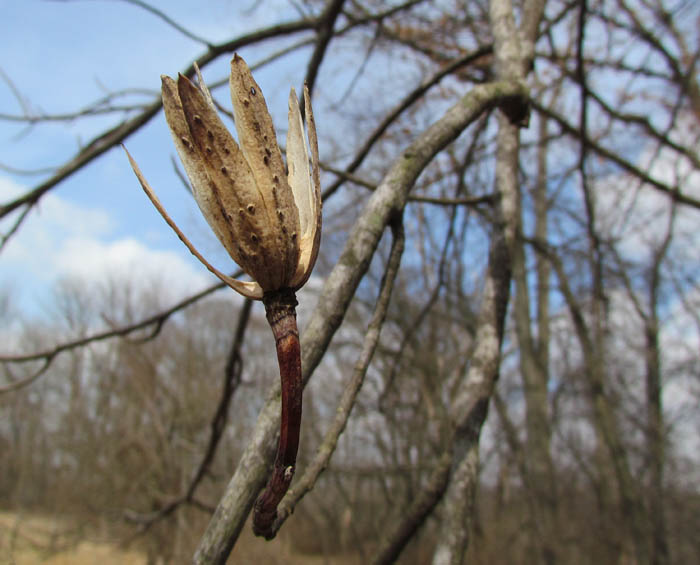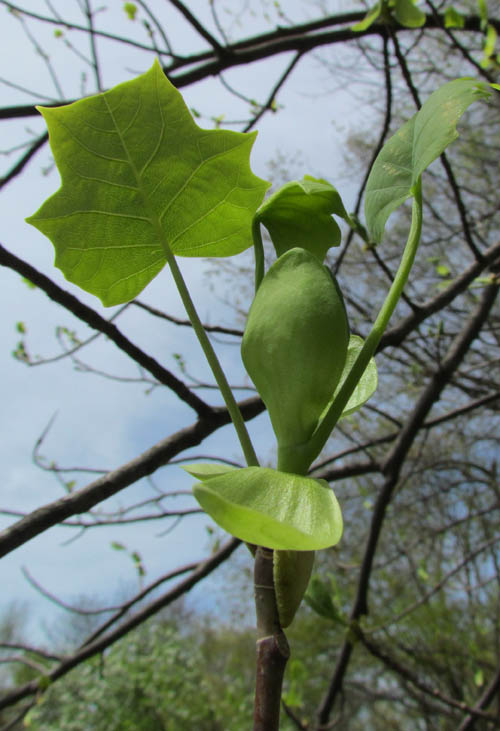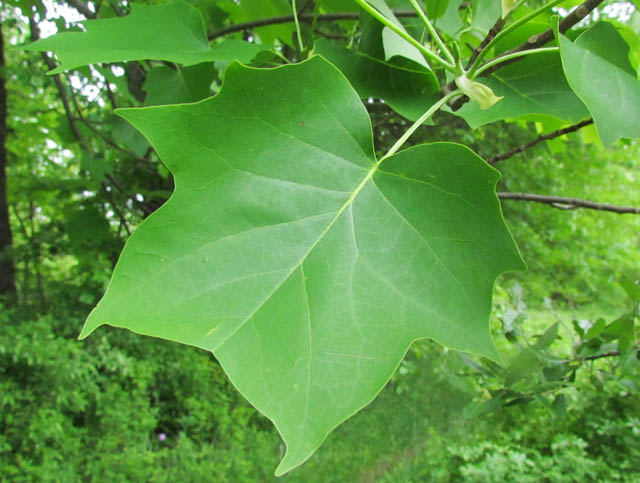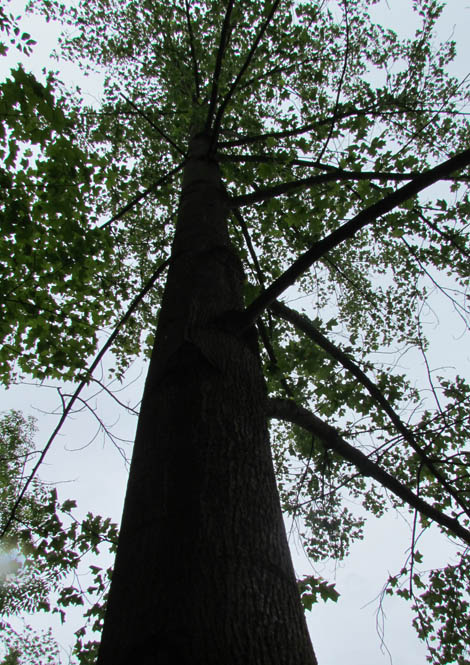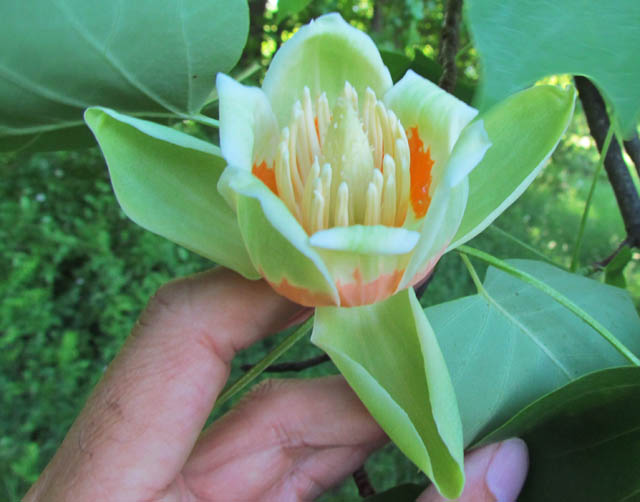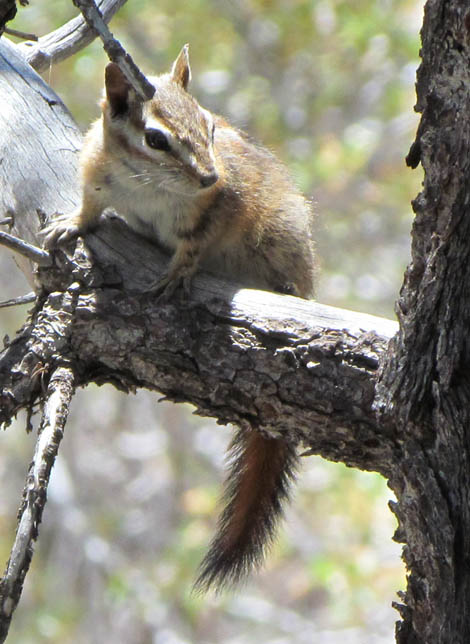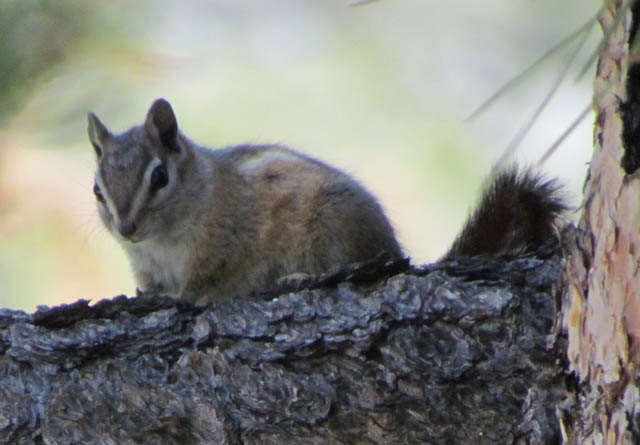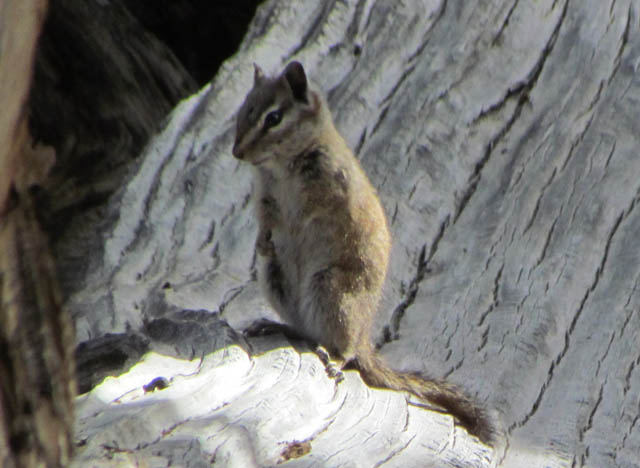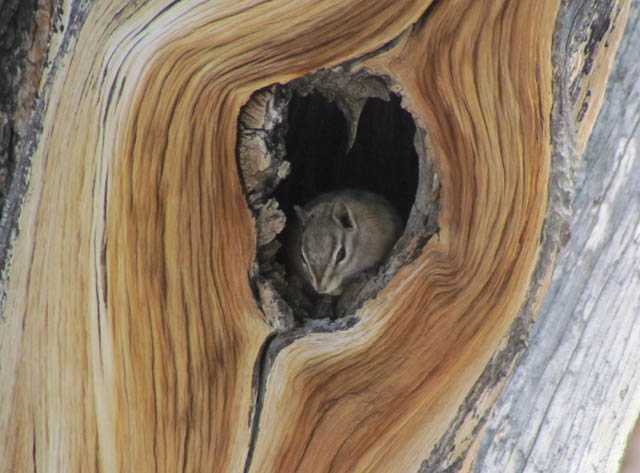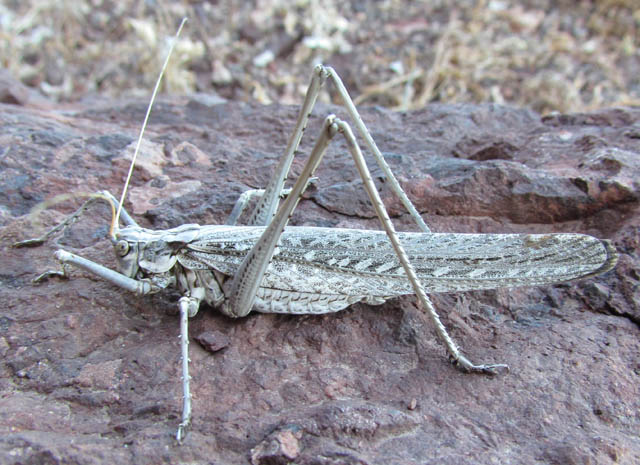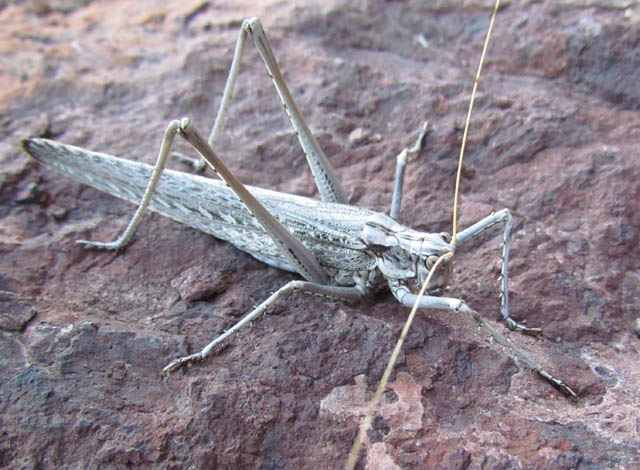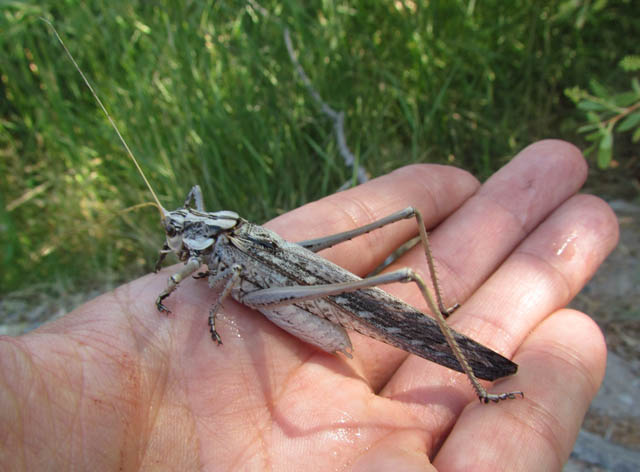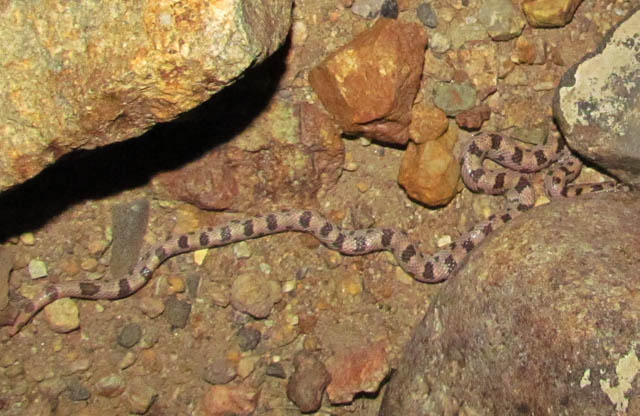
The Phainopepla is a striking bird, with a noticeable crest and a long tail; it is slender and has an upright posture when it perches. It is particularly notable for its mysterious pattern of breeding twice each year, in two different habitats. It is primarily found in washes, riparian areas and other habitats that support arid scrublands.
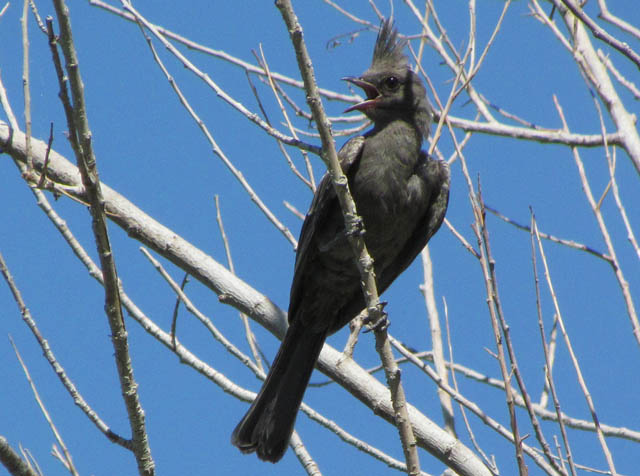
This bird belongs to a small group of birds known as the silky flycatchers, but they are not related to true flycatchers. The male is shiny and black with a crest and bright red eyes, while the female is gray.
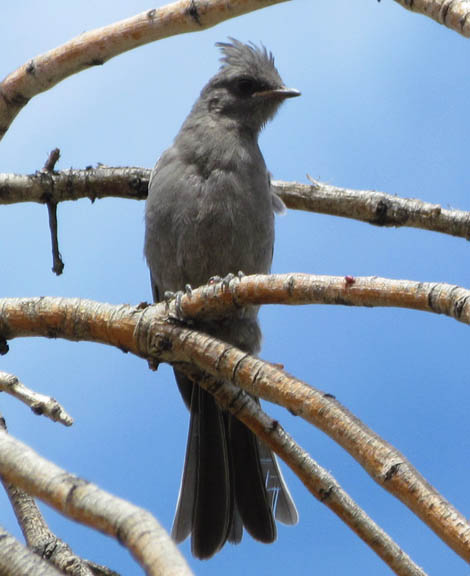
The Phainopepla has a unique relationship with its main food source, mistletoe berries. Mistletoe berries are dependent on the bird to plant them on the branch of a tree. It does this by eating the berry and digesting the seeds, yet not harming them. The bird’s droppings, which contain the seeds, will hit a branch and then the seed will start to germinate. When there is an abundance of mistletoe berries, Phainopeplas will congregate in the hundreds; otherwise, they are hard to find.
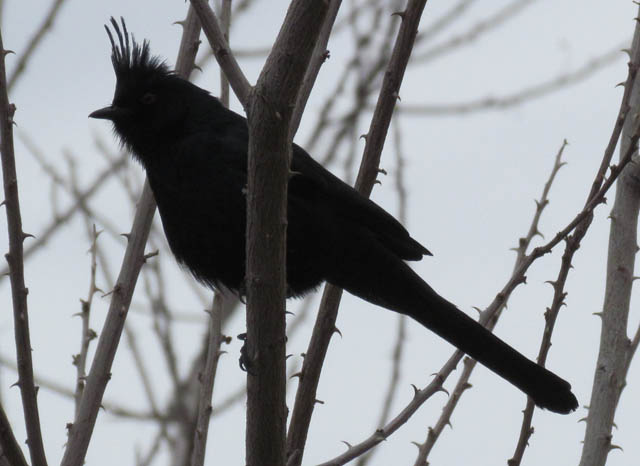
An individual Phainopepla eats at least 1,100 mistletoe berries per day, when they are available. The Phainopepla rarely drinks water, even though research indicates that it loses about 95 percent of its body mass in water per day. Instead, it gets the water it needs from its diet of mistletoe.
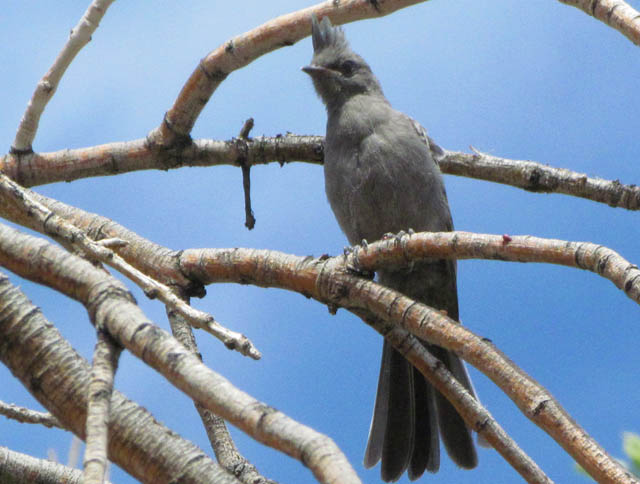
The name “Phainopepla” (pronounced fay-no-PEP-la) comes from the Greek for “shining robe,” a fitting characterization of the shiny, jet-black plumage of the adult male. This one one of several really interesting birds that I observed on my Vegas trip.
Third Eye Herp
E-mail



